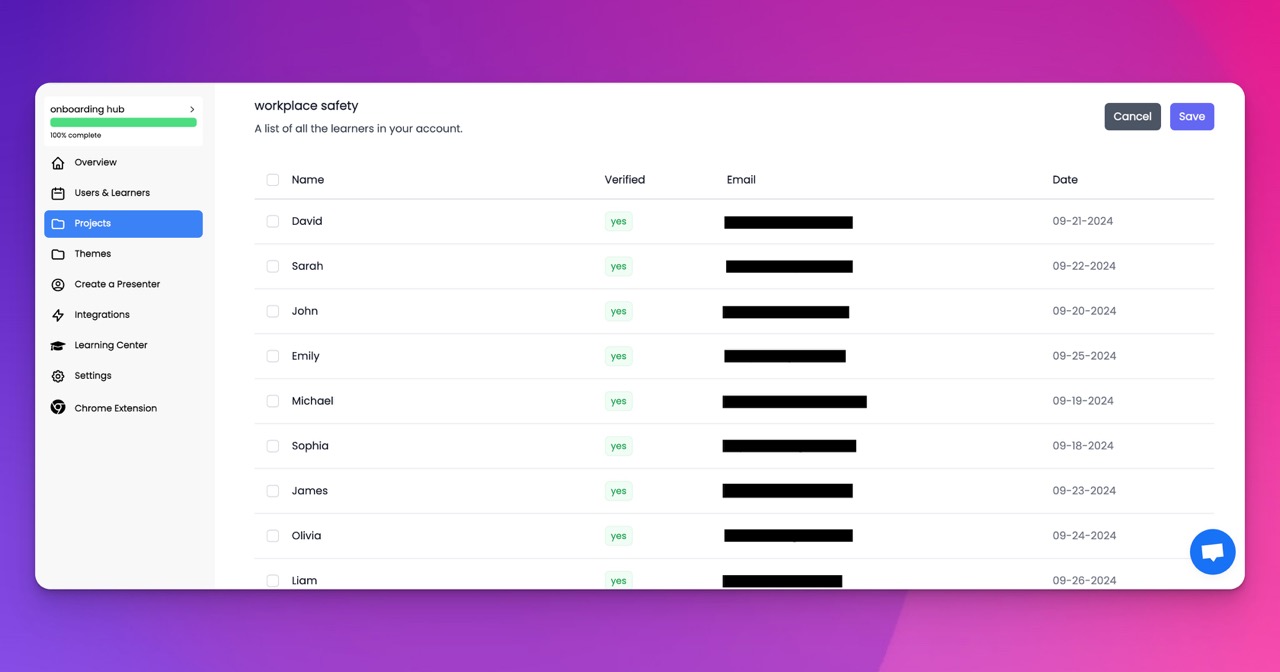🎉 Trainday now integrates with Zendesk and Hubspot 🎉 Trainday now integrates with Zendesk and Hubspot 🎉 Trainday now integrates with Zendesk and Hubspot
🎉 Trainday now integrates with Zendesk and Hubspot
🎉 Trainday now integrates with Zendesk and Hubspot
Contact
Merge Duplicate Records
The process of merging duplicate records is an essential task in data management. It involves identifying and consolidating multiple instances of the same information into a single, accurate record. This process is crucial for maintaining data integrity, avoiding errors, and improving the effectiveness of decision making.
Duplicate records can occur due to various reasons, such as data entry errors, system glitches, or merging data from different sources. These duplicates can lead to confusion, wasted time and resources, and inaccurate analysis. By merging duplicate records, organizations can ensure that their data is accurate, consistent, and reliable.
To merge duplicate records, organizations should first identify potential duplicates through a thorough data audit. They can then use automated tools to merge the records or manually consolidate them. The process should involve verifying the accuracy of the data, updating any missing or outdated information, and ensuring that the merged record reflects the most current version of the data.
There are several benefits to merging duplicate records. Firstly, it can help organizations save time and resources by reducing the need to search for and reconcile multiple versions of the same data. Secondly, it can improve data quality and accuracy, making it easier to analyze and make informed decisions. Lastly, it can help organizations avoid costly errors, such as sending multiple communications to the same address or making duplicate payments.
In conclusion, merging duplicate records is an important task for organizations to maintain data integrity, improve accuracy, and avoid errors. By identifying and consolidating duplicate records, organizations can save time and resources, make better decisions, and achieve their goals more effectively.
Accelerate Compliance.
Deliver OSHA-Ready Courses Instantly.
Empower your team with data-driven training solutions tailored to your industry's safety standards. Stay compliant, reduce risks, and boost productivity with AI-powered course creation.
